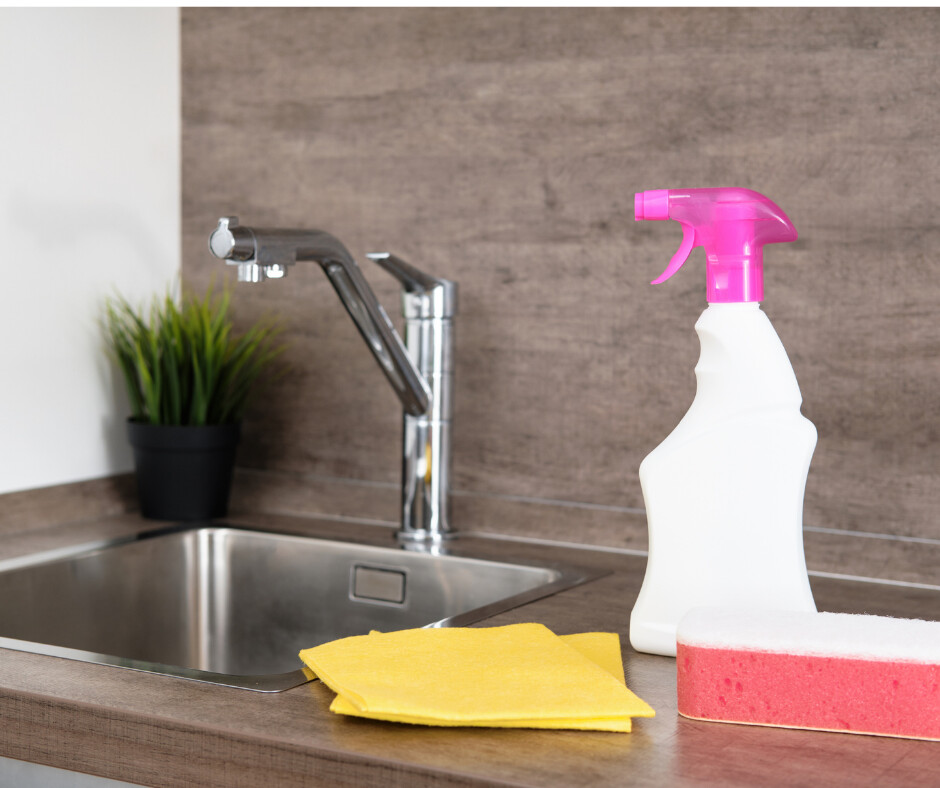
Mold is a type of fungus that grows in moisture, both indoors and outdoors. The tricky thing about mold is it may not be even visible, but it can still have serious negative impacts on your health. Once established, mold continues growing and producing mold spores that travel in the air and can land on any surface. Some people will develop an allergy after breathing in mold spores. Because the symptoms of a mold allergy are similar to other types of allergies, it can be difficult to establish that mold is the issue on your own. Fortunately, doctors can test you for different allergens and identify mold as the culprit.
Identifying Mold in Your Environment
Mold can be growing inside walls, basements, vents, carpet pads, attics and more. And it may have started before you began occupying the space, making it less obvious that you have a mold issue. The most common way to find out if you've got mold spores in your environment is to use mold plates. You can do this on your own or hire a Certified Mold Inspector or Certified Mold Remediation contractor. You would typically place a mold plate in each room of the space. The best tests use a professional laboratory to analyze the results and can identify many different strains of mold.
Treating Areas with Mold
Different levels of treatment and/or replacement of materials will be required depending on the extent and type of materials affected. You may want to hire a professional that can use protective gear and make sure that mold spores aren't spread to unaffected areas. You'll also want to test the air before and after treatment to make sure you were successful at eliminating the mold. For small issues, you can treat the affected areas with a natural plant based treatment solution that you can fog, mist, or use on fabrics/carpets such as Haven.
Getting Mold Out of the Air
Once you have eliminated any sources of mold, an air purifier can be good insurance against any future problems. Make sure the air purifier uses a HEPA filter which will trap microscopic particles in your air such as mold spores. A true HEPA filter will capture a minimum of 99.97% of pollutants, at 0.3 microns. Even better is an air purifier with a UV system that can kill bacteria, viruses, and mold spores that are captured by the filter.
Control Humidity Levels
If you're sure you don't have an existing mold problem, the best thing you can due to prevent an issue is to control the humidity levels in your environment. If you see condensation on your windows, then your environment is likely too humid. The EPA recommends keeping your indoor humidity between 30 and 60 percent. You can lower the humidity by increasing ventilation or with an air purifier.
Healing Yourself
If you have been exposed to mold, you may have mold toxins circulating in your body. Mold toxins can increase inflammation in the body that can lead to symptoms like soreness, tiredness and brain fog. Mold toxins are also known as mycotoxins, and there are lab tests that can be run to identify their presence. For best results, it's always best to work with a medical professional. If you do have mycotoxins in your body, they will likely want to support your liver. The protocol will also likely include substances that can bind toxins so that you can eliminate them from your body.
Did this help you? If so, I'd greatly appreciate it if you commented and/or share it on social media.

Email: sharonledwards@hotmail.com
Facebook: https://www.facebook.com/sharonledwardsbiz/


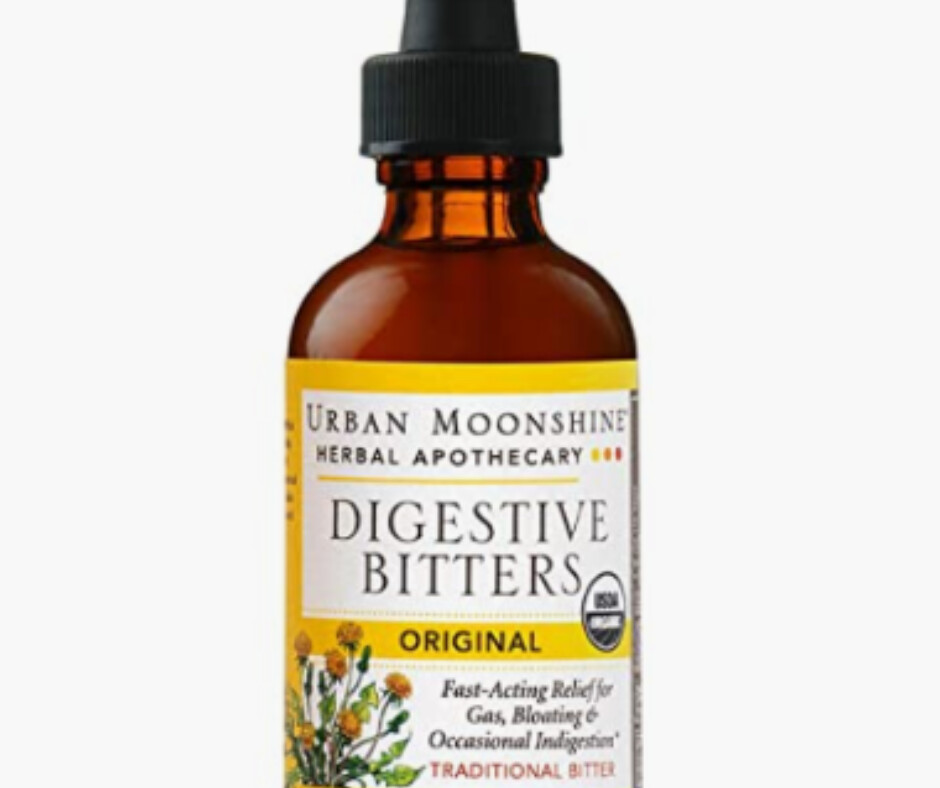
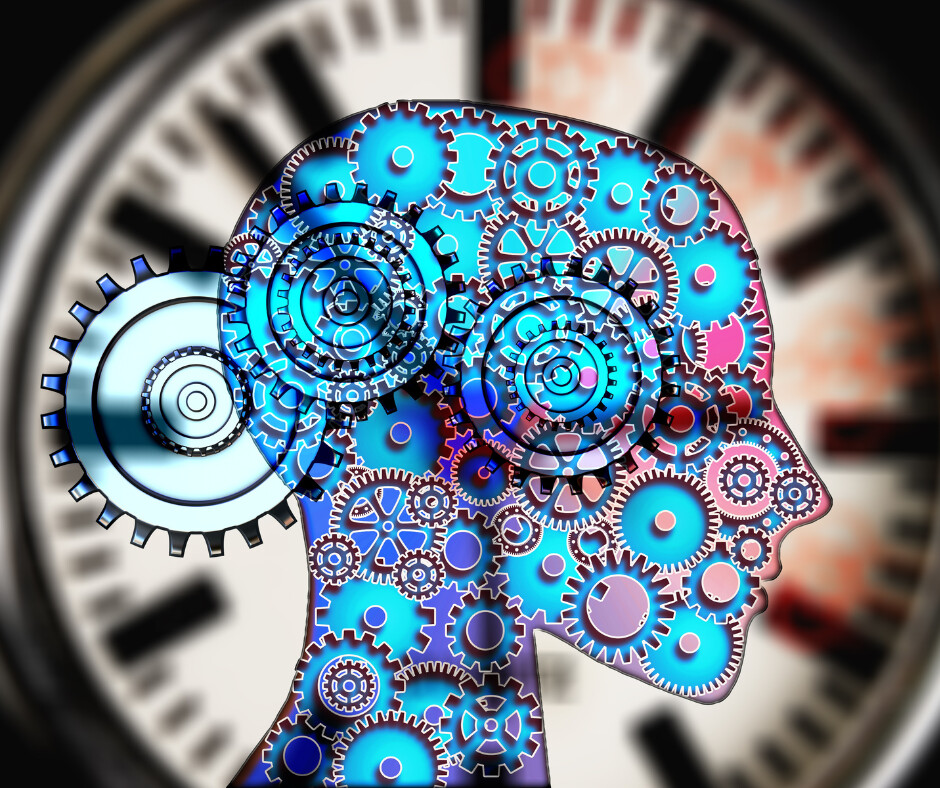






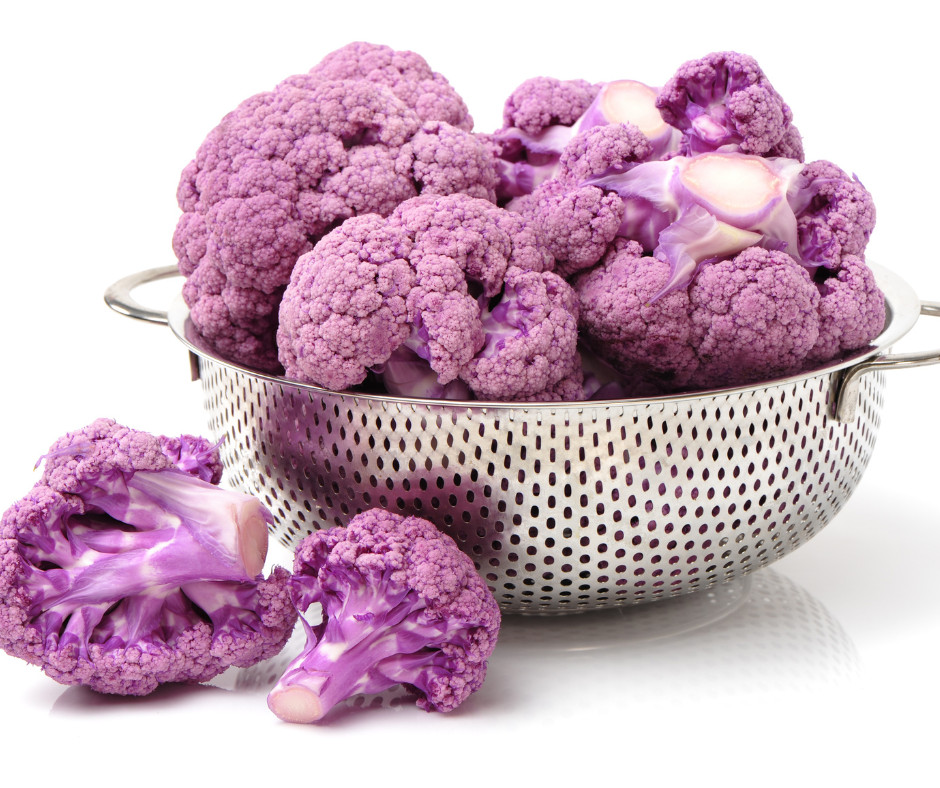

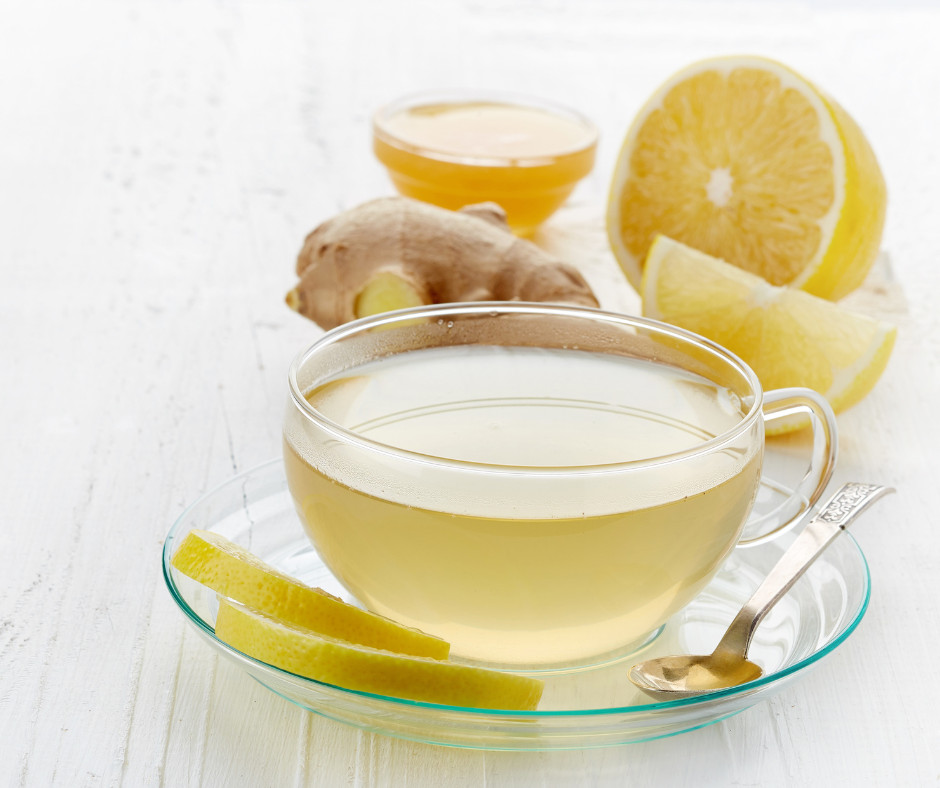

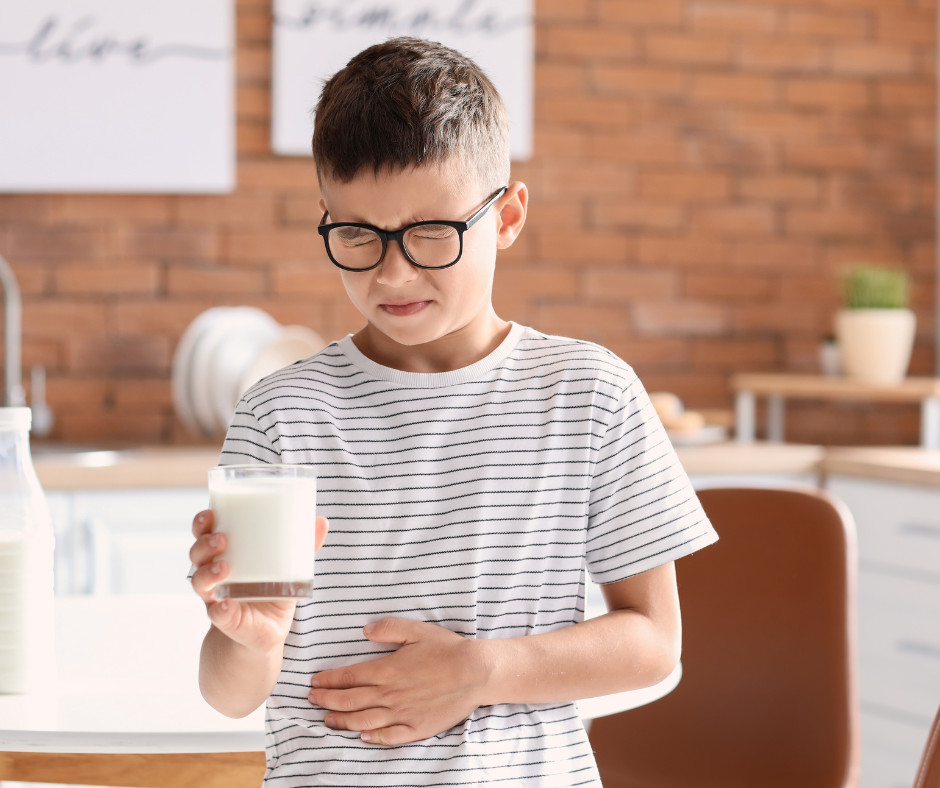



0 Comments